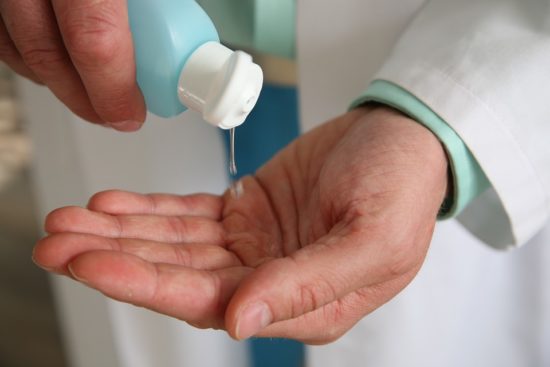Does the “Holism theory” Explain the Increase in Antimicrobial Efficacy and the Lack of Acquired or Innate Resistance to 5th Generation Silane Quaternary Compounds?
There are essentially two main groups of quaternary ammonium compounds (Quats), those that have a silane attached, and those that do not. Whilst their mode of action (MOA) is essentially the same, the spectrum of species kill and the level of persistence are very different for each variation. The silane versions of the Quats (SiQuats) will bond to surfaces and skin and become, in some cases, almost impossible to remove without wearing away the surface to which they are bonded. The resultant effect, therefore, is an antimicrobial compound that remains in place killing microbes for days months or years.
AMR NEWS
Your Biweekly Source for Global AMR Insights!
Stay informed with the essential newsletter that brings together all the latest One Health news on antimicrobial resistance. Delivered straight to your inbox every two weeks, AMR NEWS provides a curated selection of international insights, key publications, and the latest updates in the fight against AMR.
Don’t miss out on staying ahead in the global AMR movement—subscribe now!







